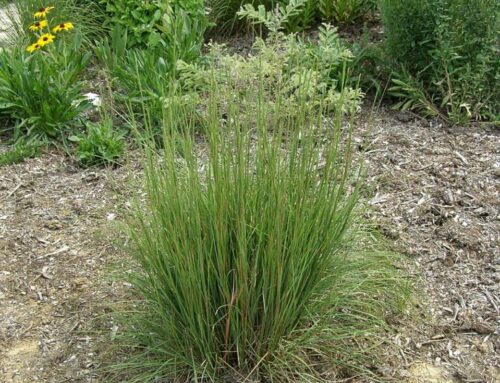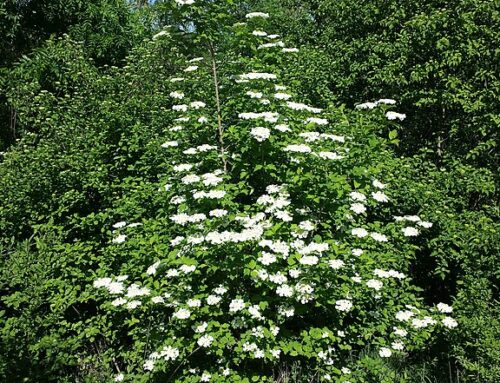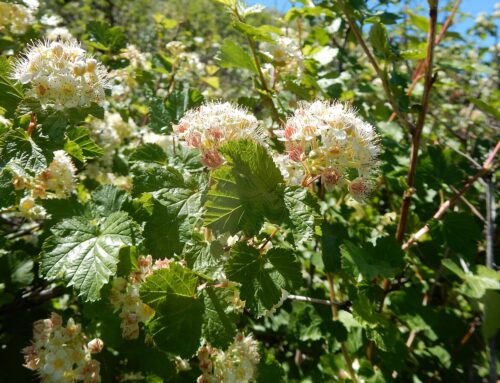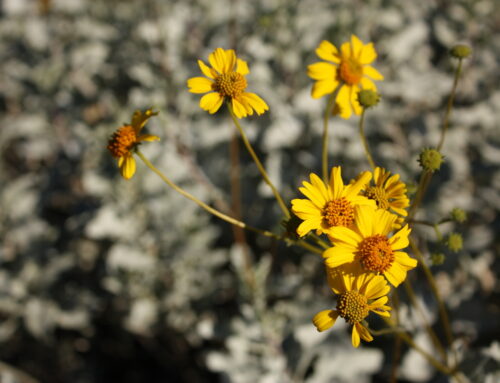If you’re looking to attract winged wonders to your garden, using butterfly-friendly plants is an easy way to get started. One such plant is the butterfly milkweed. In this post, we’ll explore the benefits of using the butterfly milkweed in your Colorado landscaping, along with some essential tips for adding it to your garden.

Thanks to Wikipedia for this image
What Is Butterfly Milkweed?
As the name suggests, butterfly milkweed is a plant that butterflies love. It’s a native wildflower that grows quickly and produces striking orange flowers. Moreover, it’s easy to care for, adaptable, and drought-tolerant. Butterfly milkweed is also known as Asclepias tuberosa, and it’s a member of the milkweed family.
Benefits of Using Butterfly Milkweed in Your Garden
The butterfly milkweed is a fantastic plant to consider for your Colorado landscaping. It’s a natural host for monarch butterflies, so planting it in your garden is a great way to support their population. Moreover, butterfly milkweed is an important nectar source for many other butterfly species, including swallowtails, sulfurs, and fritillaries. The plant also attracts other pollinators, such as bees and hummingbirds, making it a valuable addition to any garden.
How to Use Butterfly Milkweed in Your Garden
The best way to use butterfly milkweed in your garden is to plant it in groups. That way, butterflies will have a better chance of finding it and making it a regular stop on their flight paths. Arrange the plants in a sunny spot, preferably in well-draining soil for optimal growth. Butterfly milkweed is a perennial plant, so it will come back year after year, adding a splash of color to your garden for seasons to come.
Caring for Your Butterfly Milkweed
Caring for butterfly milkweed is relatively simple. Since it’s drought-tolerant, it doesn’t need much watering, except during the hottest months of the year. It’s also not picky about soil types, as long as they’re well-draining. One thing to keep in mind is that butterfly milkweed doesn’t need fertilizers or pesticides, as they may harm the monarch caterpillars that feed on the leaves. At the end of the growing season, you can cut back the plant to the ground, and it will come back even stronger next year.
Where to Find Butterfly Milkweed in Colorado
Butterfly milkweed is readily available at many nurseries and garden centers throughout Colorado. If you prefer to start from seeds, many online retailers offer butterfly milkweed seeds. Just make sure to read the reviews and choose a reputable company. When planting from seeds, it’s best to sow them outdoors during the fall or early spring.
In conclusion, using the Butterfly Milkweed plant in Colorado landscaping is a great way to create a beautiful garden and attract butterflies to your backyard. As a low-maintenance and drought-resistant plant, the butterfly milkweed is an easy addition to any garden. With its vibrant orange flowers and ability to attract monarchs and other butterfly species, this wildflower is a great option for any Colorado homeowner. Follow these simple tips for using the butterfly milkweed in your garden, and watch as your yard fills with fluttering winged beauties.





